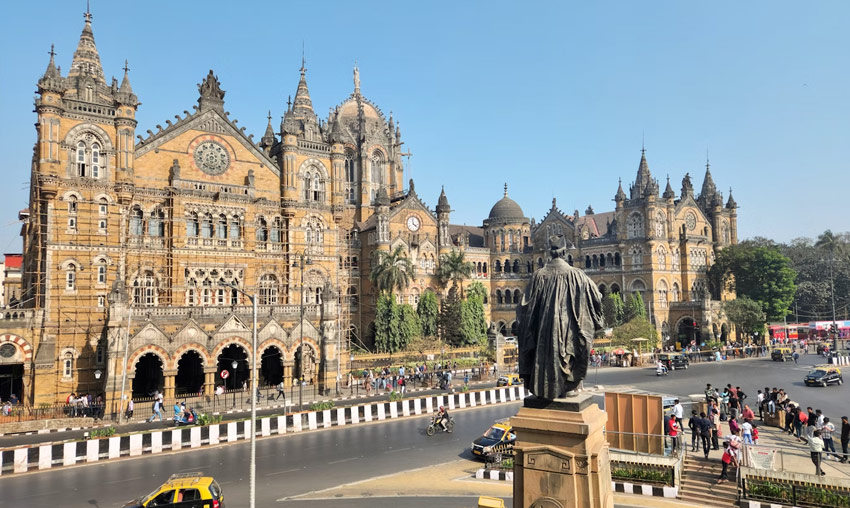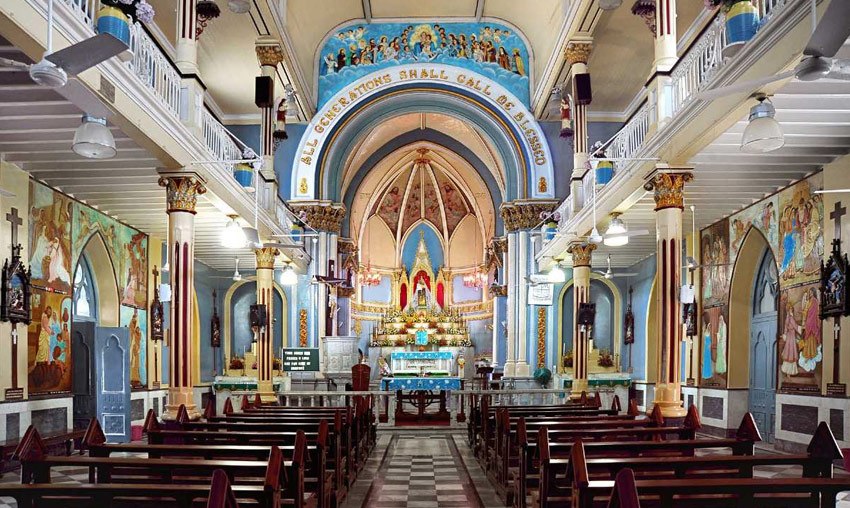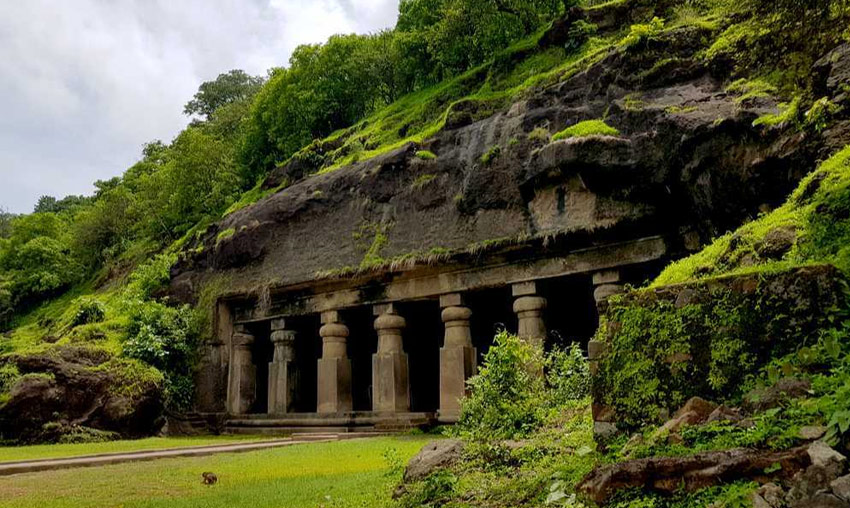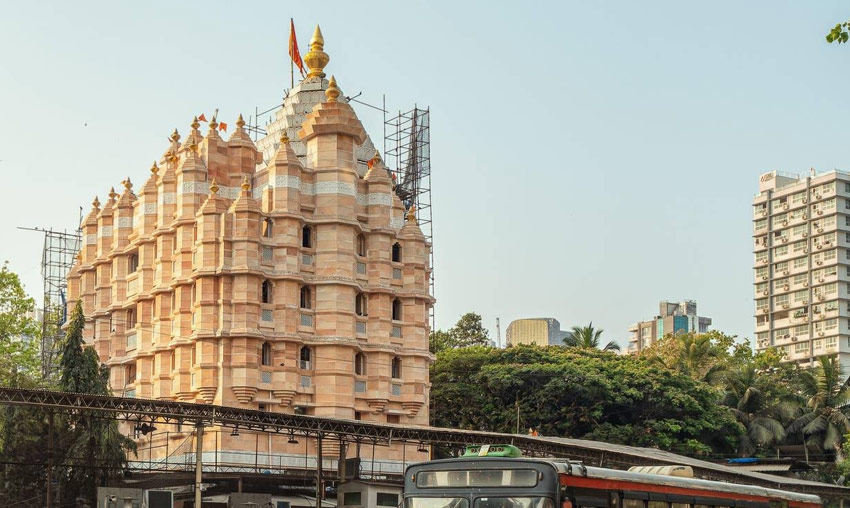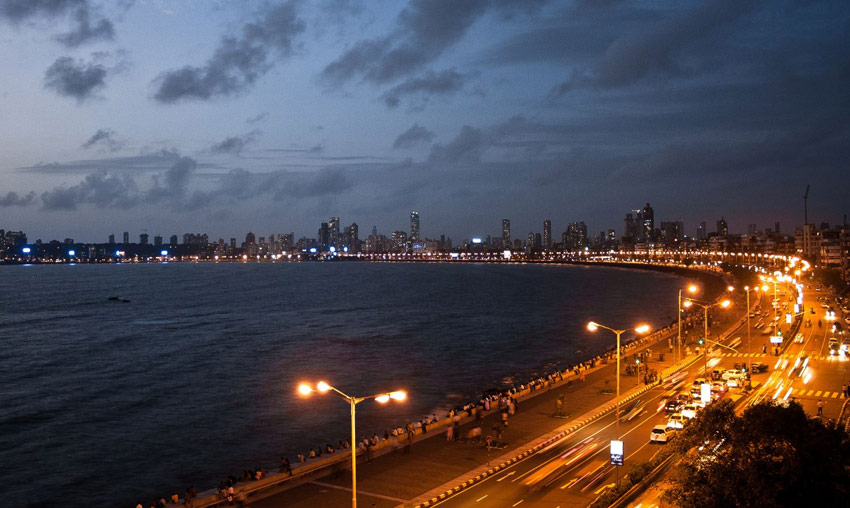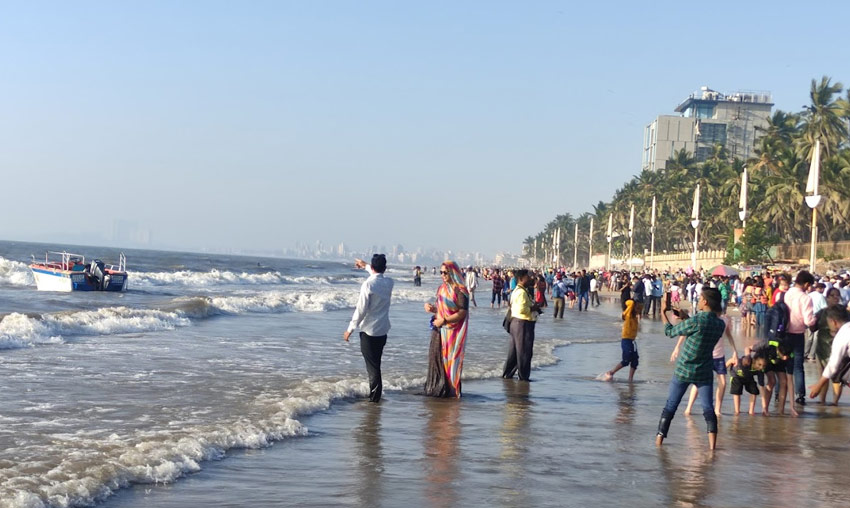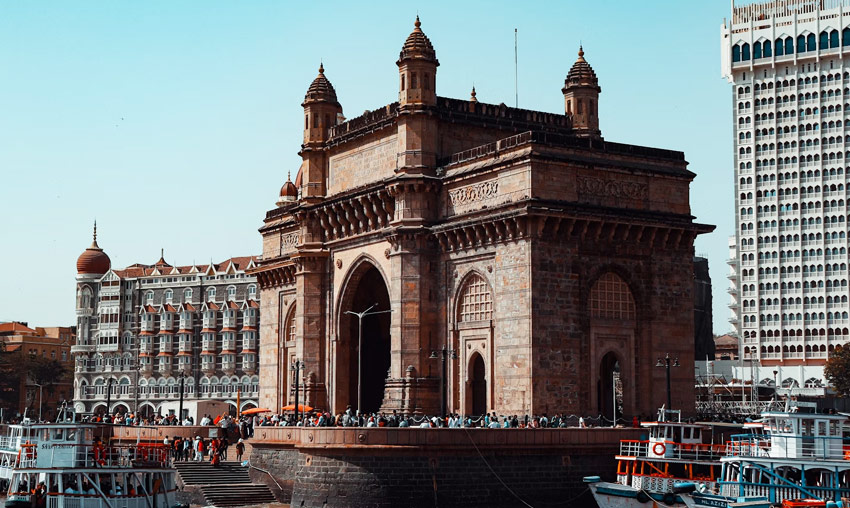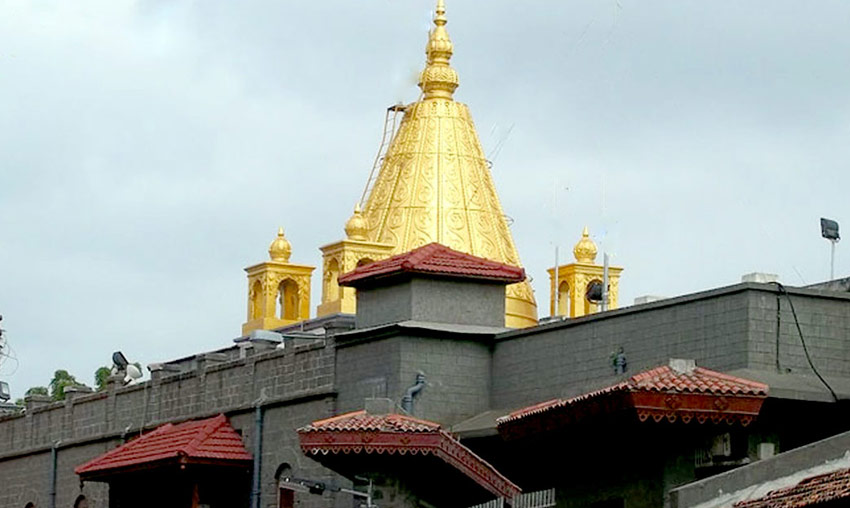Chhatrapati Shivaji Terminus, Mumbai, | Timing History & Entry Fee
Located in Mumbai, the vibrant capital of Maharashtra, is the modern yet historic Chhatrapati Shivaji Terminus (CST), formerly known as Victoria Terminus. Constructed in 1878, the magnificent building is a prime example of Victorian-Gothic architecture in India. The train station, which continues to operate normally, was actually designated a UNESCO World Heritage Site in 1997. The sounds of the metropolis and its inhabitants fill the station with life at all times. There are some areas of this busy train station that will give you the impression that you have entered the annals of British history. .It is one of the most famous historical landmarks in the country that is also the second most photographed monument in India.
Currently serving as the Central Railways’ headquarters, Chhatrapati Shivaji Terminus was built in 1887. As a station for both long-distance and short-distance or commuter trains—often referred to as local trains—it has excellent connections to every region of the nation. Most people are drawn to the endpoint because of its architecture. The station becomes much more beautiful at night when it is illuminated.
The well-known song “Jai Ho” from Slumdog Millionaire and several amazing moments for the Bollywood film Ra One were filmed here.
History of Chhatrapati Shivaji Terminus, Mumbai
Originally called Victoria Terminus, the Chhatrapati Shivaji Maharaj Terminus (SCT) was constructed on a plot of land that was used as a storehouse to hold items that were imported into or exported from Mumbai. A railway station, known as the Bori Bandar Railway Station, was not constructed until 1853. In 1853, the first passenger train in India ran from Bori Bandar and Thane. To celebrate the Queen’s Golden Jubilee, it was agreed in 1878 that the railway station would be reconstructed as Victoria Terminus. In 1887, the Bori Bandar Railway station was formally renamed Victoria Terminus.
The terminus was designed by F.W. Stevens, a British architect whose work combined elements of Indian and British architecture. Named for Queen Victoria, who ruled India at the time, the station was a significant centre of mercantile activity. The building took ten years to finish and cost more than 260,000 sterling pounds. Because of its expense, it was regarded as Mumbai’s most costly building.
It is coded as CSMT or CST (Chhatrapati Shivaji Terminus) and was renamed as Chhatrapati Shivaji Maharaj Terminus by the Railway Minister in 1996. In 2008, there was a terrorist attack in Mumbai as well, and CST was targeted. Over 130 years have gone since the Chhatrapati Shivaji Terminus was built, and it remains Mumbai’s lifeline today.
Architecture of Chhatrapati Shivaji Terminus, Mumbai
The Victorian Gothic architectural style forms the foundation of Victoria Terminus’s design. It is the ideal example of the exquisite fusion of Victorian Italianate Gothic architecture with Indian architecture. The skyline, the finely carved arches, the ground plan, and the turrets all exhibit the influence of Indian architecture. Jamsetji Jeejebhoy School of Art students completed some of the structure’s work. They mostly worked their magic on the grills, wood carvings, ornate metal railings, and tiles.
Dovetail ribs adorn the centre dome, which also features a 330-foot platform attached to a 1200-foot rain shed. There are many large, high-ceilinged rooms throughout the building. The tall central dome serves as the structure’s main focal point. It is octagonal, ribbed, and has a woman’s figure with a wheel with spokes in her left hand and a torch in her right. The side wings that enclose the courtyard are secured by turrets at each corner. Additionally, it frames and balances the central dome.
There are several windows and arches on the outside. The entire building is composed of Italian marble, limestone, and sandstone, and the entrance features images of a tiger and a lion, which stand in for Britain and India, respectively. There are approximately eight platforms for suburban trains and eleven for intercity trains within the facility. At the terminus, there are also air-conditioned dorms with roughly 20 beds for women and 58 beds for men.
Best Time To Visit
In spite of the city’s generally hot and muggy weather, October through February is the ideal time of year to visit Victoria Terminus because of the rather nice weather.
How To Reach Chhatrapati Shivaji Terminus
Since practically all trains stop here, one can take a train from the Suburban or Central Railway Stations to CST or Victoria Terminus.
To get to the terminus via road, one can travel NH2, NH3, NH4, NH8, NH17, or NH222.
To get to CST within Mumbai, one can take the BEST buses, autorickshaws, or cabs.
Tips For Visiting
1. On January 26, Republic Day, visitors can opt to visit the terminus to witness the magnificent edifice illuminated by the Indian flag’s tricolours.
2. The crowd might be too much to handle. Visitors and commuters must safeguard their possessions.
3. Visitors can explore the building and take pictures of the amazing architectural creation by avoiding busy times.
Timings : All time
Time Required : Less than 1 hour
Entry Fee : No entry fee
